Cats enjoy an enviable life, with eating and light exercise often only punctuating the day's main event of sleeping.
But so much snoozing does not prevent kitties from being great company—even while they catnap—as the felines can arrange themselves into entertaining sleeping positions so outlandish they could impress your yoga teacher.
Vicki Jo Harrison, The International Cat Association (TICA) President, believes pets' body language whilst sleeping can help owners understand more about the complex creatures, telling Newsweek: "Every pose that your cat takes tells a different story.
She added: "Cats spend anywhere between 12 to 20 hours per day sleeping. How they sleep can sometimes help you to understand their behavior and what they might be feeling."
Read on to find out about common cat sleeping positions and what they mean, according to feline experts.
Cat Curled Up in a Ball
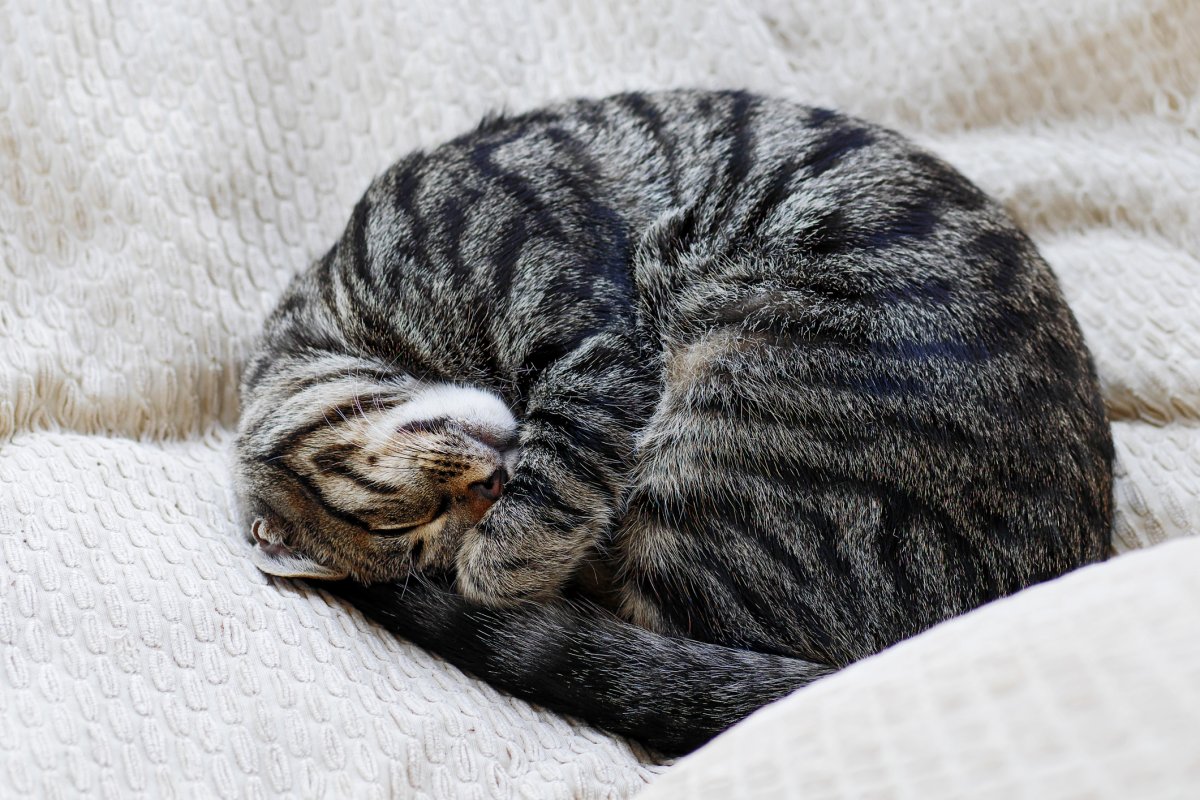
Wild cats sleep curled into a compact ball to conserve their body heat, which also has the advantage of making themselves a smaller target for predators.
As a result, this position is the most common for cats, as it is programmed into their collective consciousness.
Dr. Lori Teller, College of Veterinary Medicine and Biomedical Sciences and Texas A&M University, told Newsweek : "They may also cover eyes with paws—this means do not bother me because I am going to sleep deeply."
Half-Closed Eyes
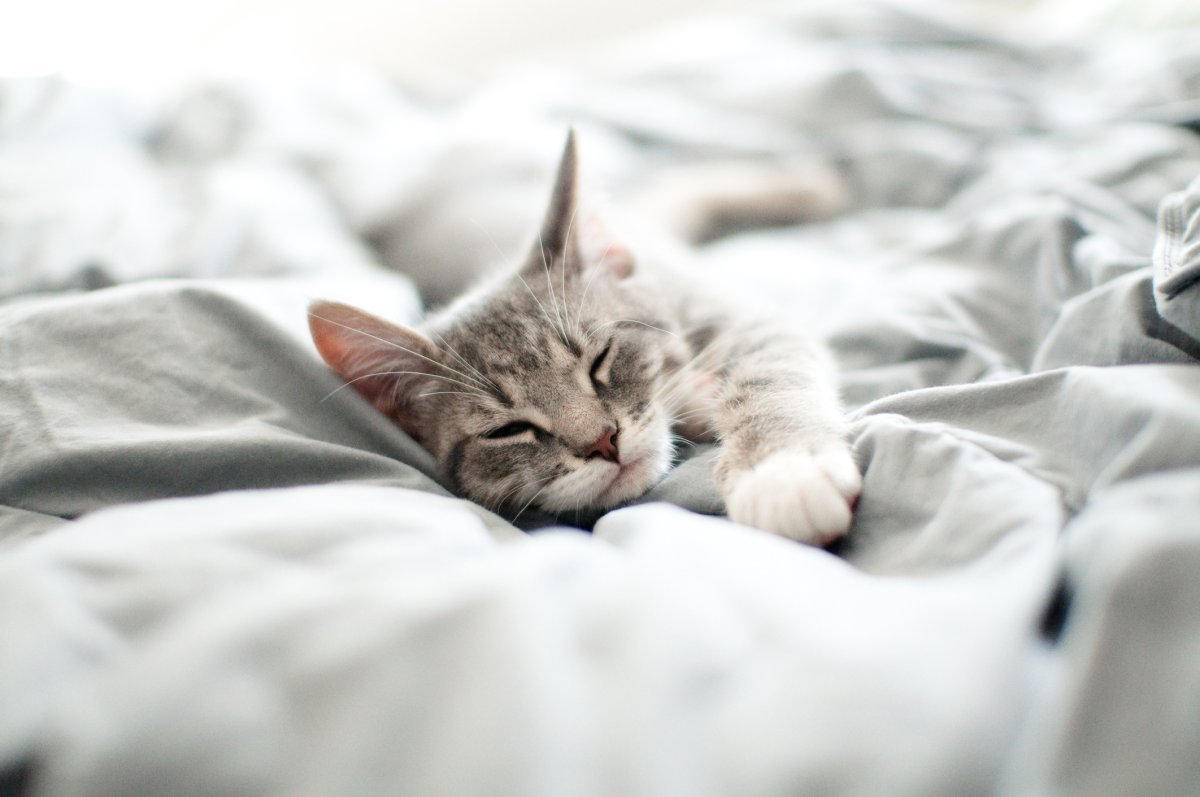
Sleeping with eyes half-closed is also known as unihemispheric slow-wave sleep, which TICA's Harrison describes as a way of sleeping allowing, "half a cat's brain go unconscious while the other half remains awake."
She added: "When a cat tries to sleep with their eyes half-open it's because of their predatory nature which drives them to constantly be alert and ready to instantly react to threats.
"Keeping the eyes slightly open allows them to get the rest they need while still allowing them to immediately react to any sudden noise or movement."
The Bread Loaf
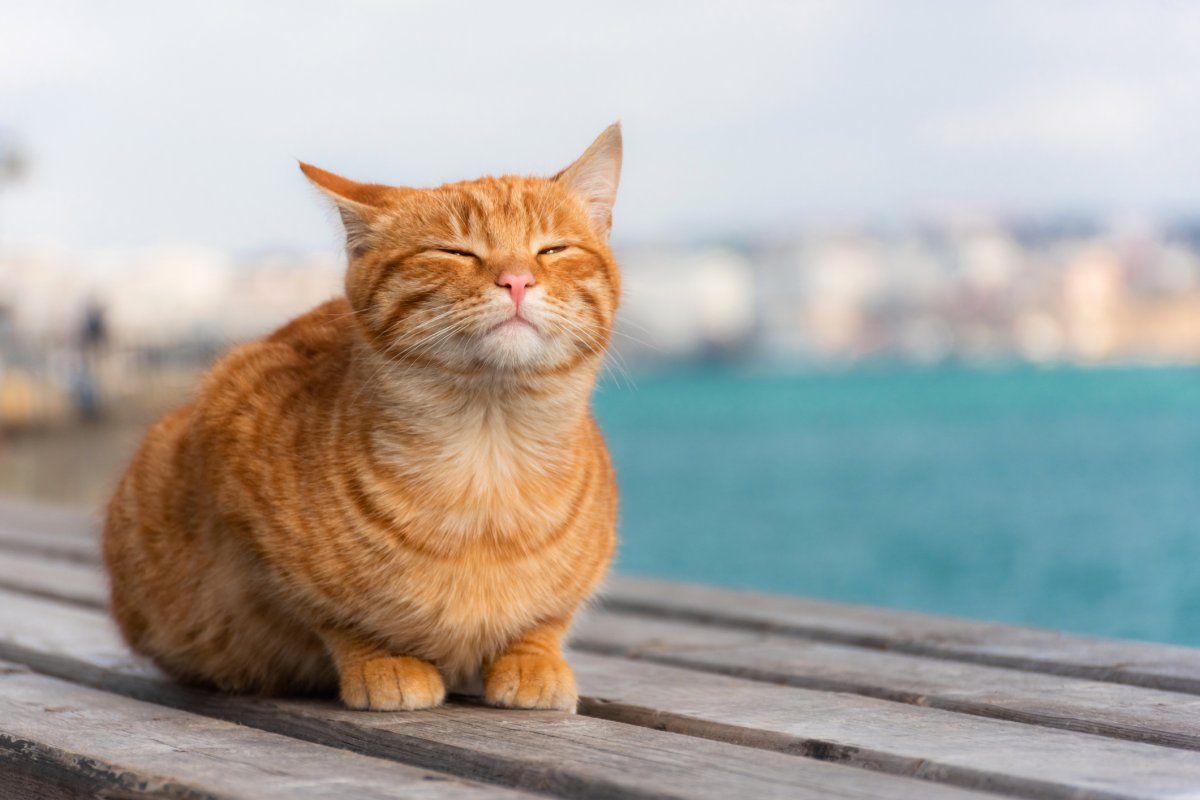
While this cat sleeping position sounds similar to the feline phenomenon of "making biscuits", it is actually completely unrelated.
Harrison said the "bread loaf" is a sleeping portion where a cat "sits upright with their front paws tucked under their body."
She added this position may reveal something about a cat's mental state, stating: "When a cat sleeps this way, they are trying to get some sleep while still being ready to spring into action.
"Cats who sleep in a loaf position are comfortable around their owner, but still anxious."
The Side Sleeper

Harrison believes cats who favor lying on their sides are relaxed and trusting of their household.
She said: "A side-sleeping cat indicates a cat is very relaxed. This position usually results in a longer and deeper sleep and conveys that your cats feel secure and at peace.
"A cat in this position is trusting and cuddly because they know their owner will protect them."
Belly Up
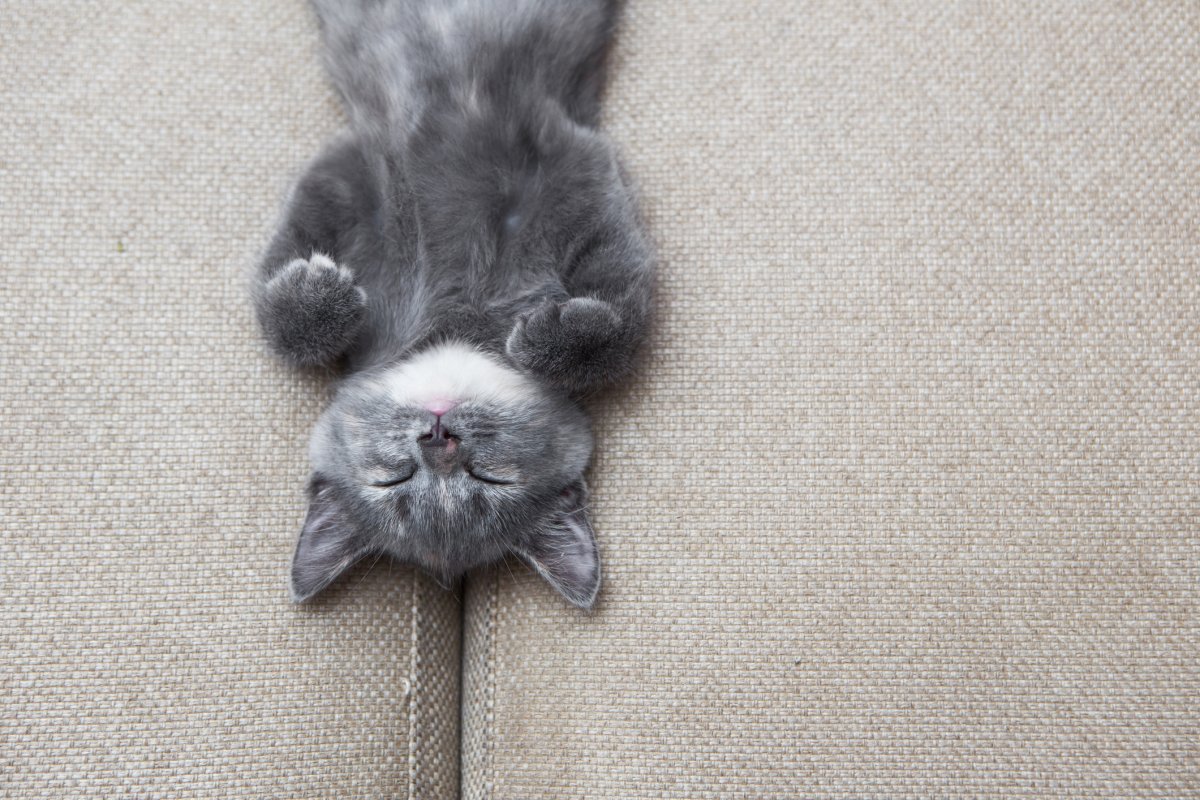
Spotting a cat sleeping on its back, showing its belly, can often look hilarious, but this is an expectedly positive sleeping position for your kitty to adopt.
Dr. Lori Teller states this position shows that the animal is very secure and happy with its surroundings.
She said: "On back, belly up: sign that cat trusts you and is willing to expose vulnerable organs to you
"In upright position with forefeet tucked under and eyes closed: content and semi-asleep; allows for rest while still alert enough to respond to activity in [its] surrounding environment."
Sprawled Out
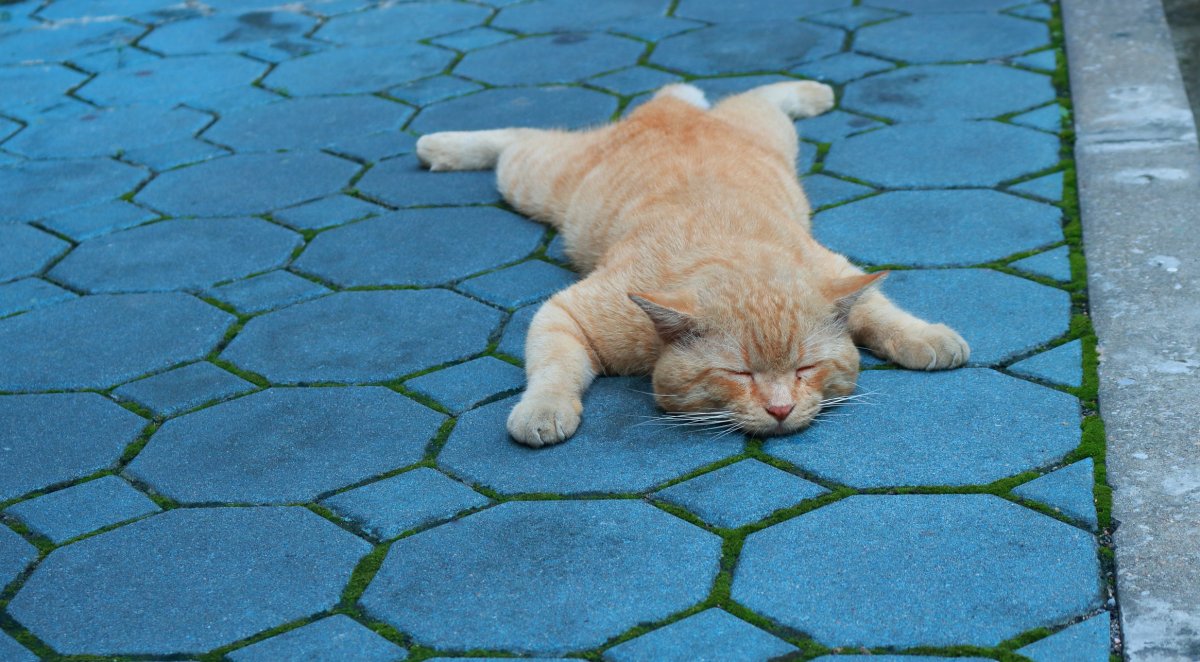
Owners may recognize their cat distinctively stretched out, on its belly, with its back paws behind and front paws extended in the polar opposite direction.
Harrison said: "A cat sleeping in a sprawled-out position is in a deep sleep and feels safe, relaxed, and very comfortable and feel no threat in their surroundings."
Paws Covering Face
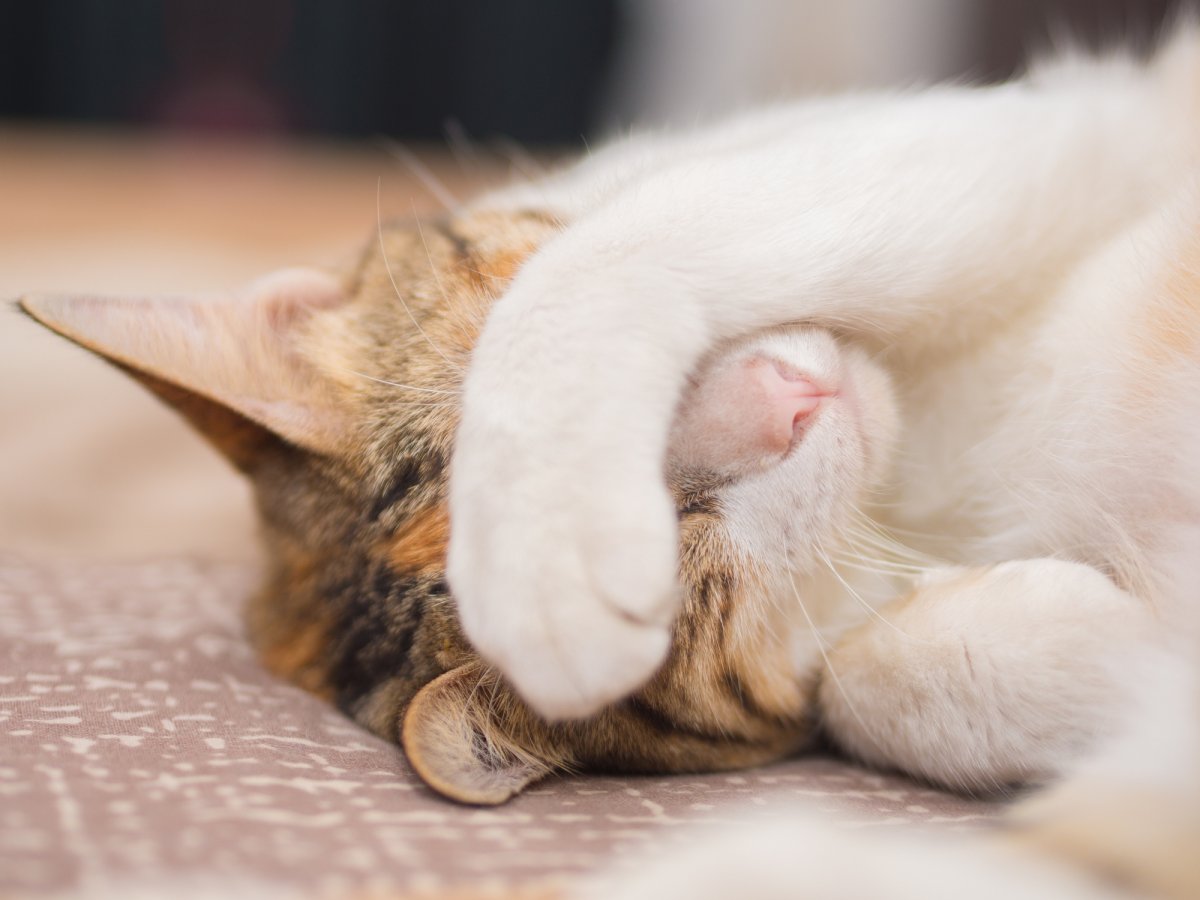
Harrison believes while this looks cute, this is actually sending the feline equivalent of a "do not disturb" sign to others.
She said: "A cat laying down with their paws covering their face is very comfortable and in such a deep sleep that they are covering their face unconsciously.
"However, if their head is buried, it is a sign they want to be left alone. Burying the head in a dark and secure spot helps them feel safe and protected."
Cat Sleeping on the Edge
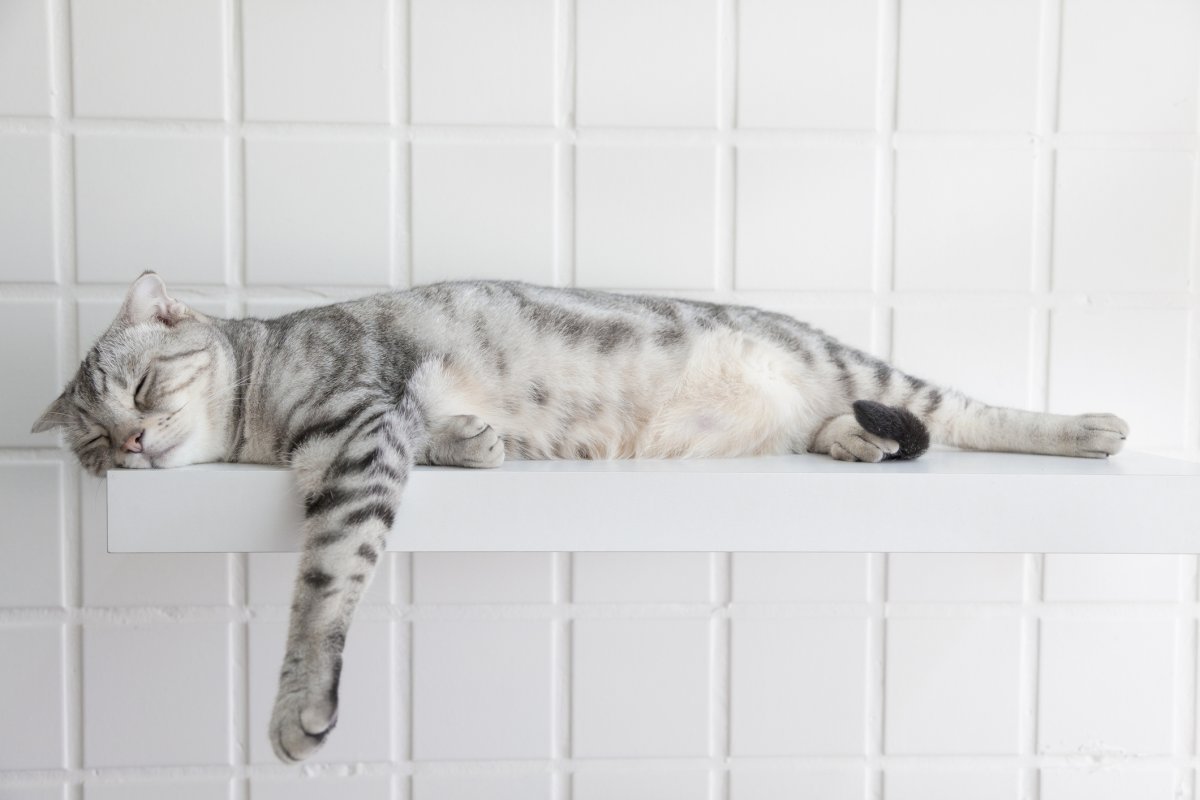
According to Harrison, a cat discovered sleeping on the edge of something, like a couch, the railing of a balcony, or staircase, "might be trying to safely hide from something like another pet". She added that cats sometimes just "like to perch on long thin surfaces."
"This makes sense when they are awake as they love to climb and have great balance.
"When a cat sleeps in this position it can also mean that they want to keep an eye on what is going on around them."
Cat Cuddled Up (With Another Pet or Human)

A cat that lies on top of you or curls up with another animal is an unquestionable delight for the owner, but Harrison suggests this sleeping position "can mean a few different things for the felines involved."
She said: "Cats who like each other will want to share their scent by rubbing their heads and bodies together.
"Cats also feel protection through physical activity, so cuddling up next to someone they trust can make them feel safe and protected from predators.
"A cat might also cuddle up because they love the extra warmth and attention."
Should an Altered Cat Sleeping Position Pose a Concern?
Animal welfare charity Mayhew notes owners should be conscious about a shift in cat sleeping positions, since this could occasionally be a cause for concern.
"It's important to remember that any sudden change in their sleeping behaviour can mean that your cat is unwell, so do take note of their sleeping habits and remember to contact your vet if you are concerned."
Dr. Jacqueline Brister, Veterinarian and Consultant at Embrace Pet Insurance, appears to agree.
She told Newsweek: "About the only time veterinarians worry about a cat's sleeping position is when it is restless sleep or sleeping in a manner that is wholly unusual for them.
"For example, cats that are experiencing pain may start sleeping in a way that keeps pressure off of a painful limb, sleeping in a hunched position, or sleeping in a way that looks as if they don't want to be touched."
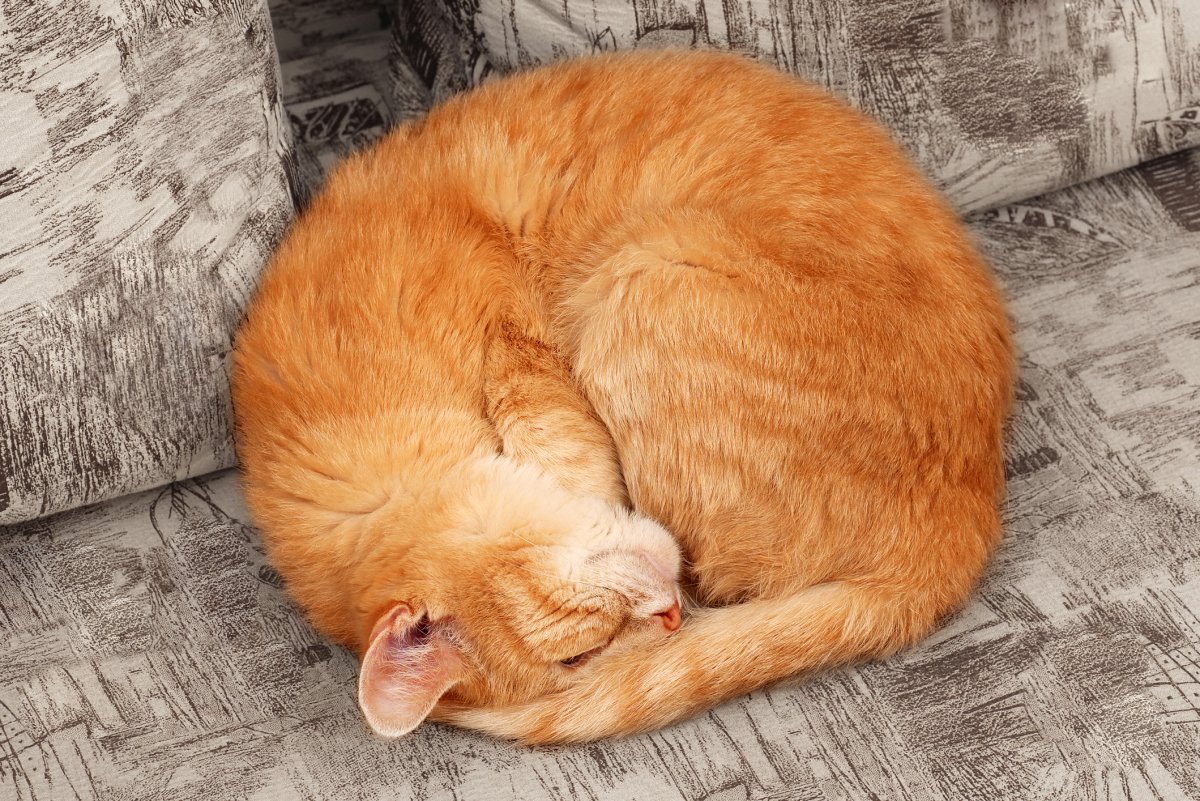
Uncommon Knowledge
Newsweek is committed to challenging conventional wisdom and finding connections in the search for common ground.
Newsweek is committed to challenging conventional wisdom and finding connections in the search for common ground.
About the writer
To read how Newsweek uses AI as a newsroom tool, Click here.








